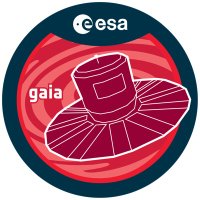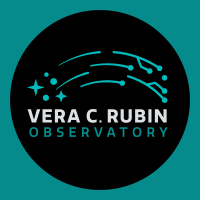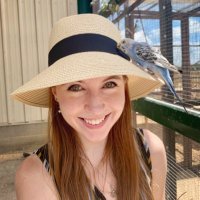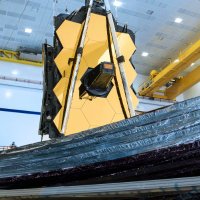
Alex Ji
@alexanderpji
Near-field Cosmologist and Assistant Professor of Astronomy and Astrophysics at University of Chicago. he/him
ID: 3301804373
http://www.alexji.com 28-05-2015 14:37:00
5,5K Tweet
1,1K Followers
499 Following

Dr. Catherine A. Clark Dr Jake Taylor If current rates of recession continues, the last total eclipse is in ~380 million years! Please see my silly April fools day papers with very serious calculations! arxiv.org/abs/2403.20175







possible EM counterpart to S240422ed LIGO source which is possible NS-BH merger... m_i ~ 23 M_i ~ -14 z ~ 0.049 -> d ~ 213 Mpc IF associated with nearby (in projection) galaxy => L_bol ~ 10^40 - kilonova range... 🤞🌟💣 h/t Leo C. Stein is @duetosymmetry on bsky/threads/🐘 gcn.nasa.gov/circulars/36267

Breaking my long silence to share results from a project I have been working on for more than a decade. Marla Geha and I were discussing how frustrating it was that there were so many comparisons of models to just ONE Milky Way. Why not 100 MWs, we thought? 🤔 sagasurvey.org





William Keel Bill, I'm still trying to wrap my head around it too. It's so bright, it appears in my paper from last year as a "visually rejected candidate" because of how bright and extended it was. Heck, it's *right next to* a galaxy with a Balmer break almost coincident:










